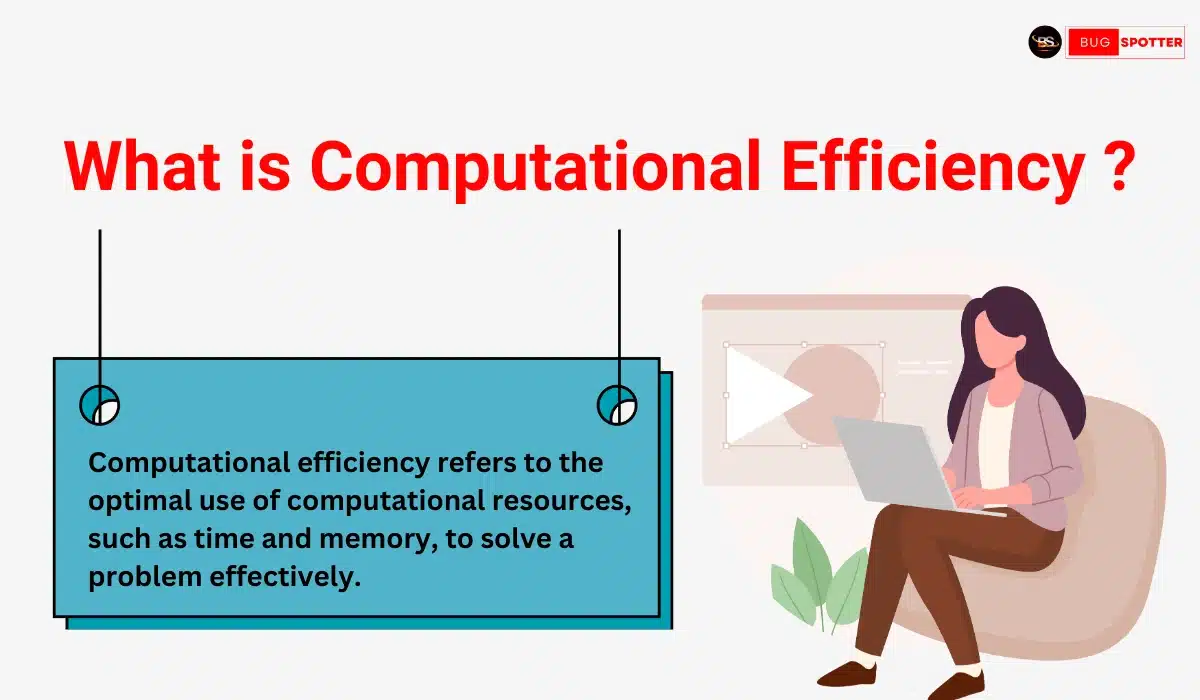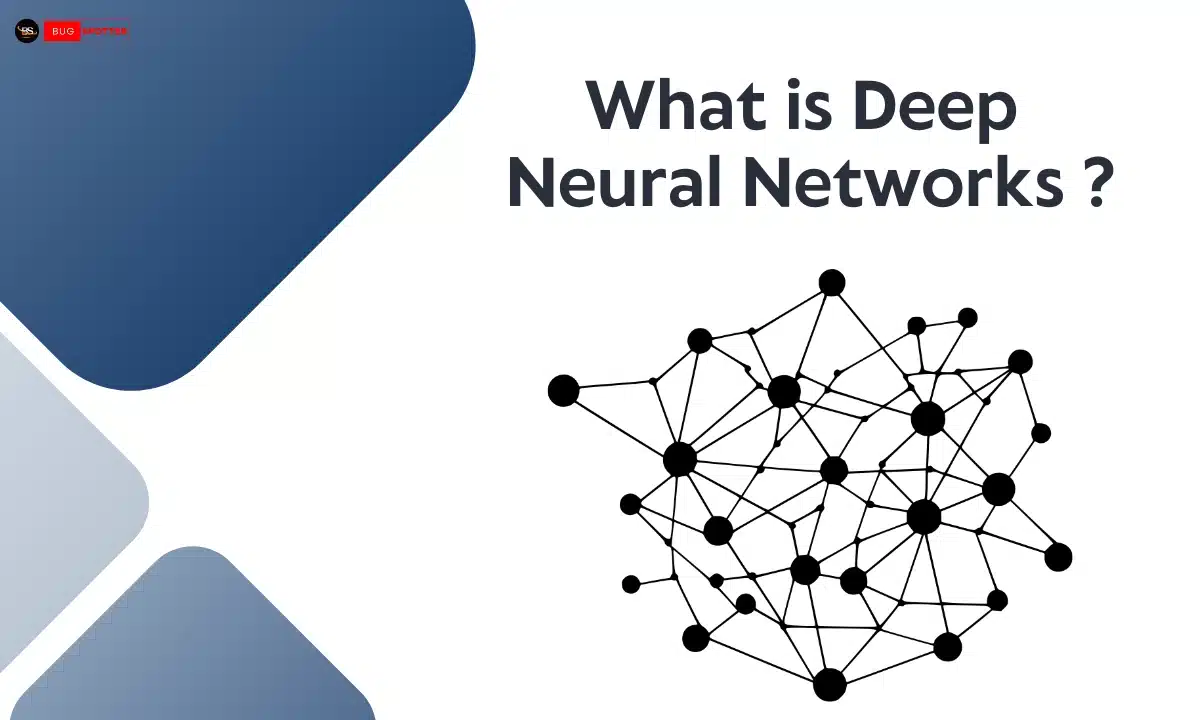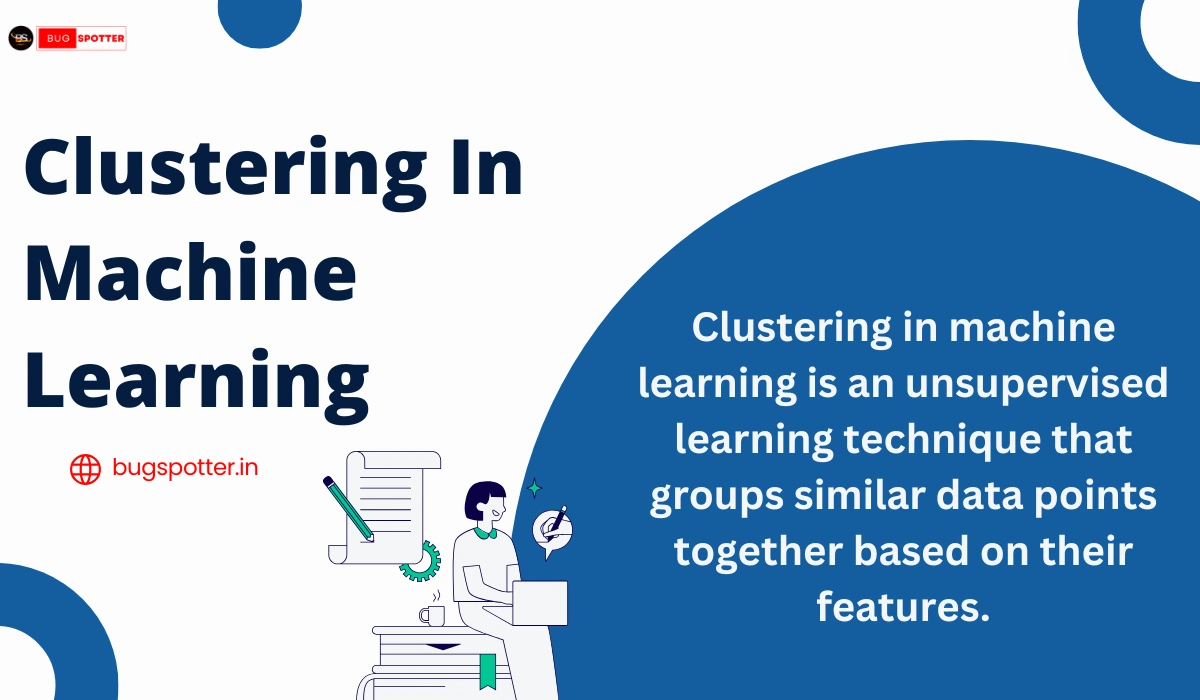AWS interview questions for data engineers
Table of Contents


AWS Interview Questions
1.What is AWS, and what are its main services?
AWS (Amazon Web Services) is a cloud computing platform offering services such as compute, storage, databases, machine learning, and networking, among others.
2. Explain the difference between EC2 and S3.
EC2 (Elastic Compute Cloud) provides scalable compute capacity (virtual servers), while S3 (Simple Storage Service) is a storage service for storing and retrieving large amounts of data.
3. What is the difference between a region and an availability zone?
A region is a geographic area with multiple availability zones (AZs). An AZ is an isolated data center within a region, and regions and AZs help with redundancy and fault tolerance.
4.What is Amazon VPC, and why is it used?
Amazon Virtual Private Cloud (VPC) allows users to create isolated networks within AWS, enabling them to control network settings, subnet configurations, and access control lists.
5.What are security groups in AWS?
Security groups act as virtual firewalls for EC2 instances, controlling inbound and outbound traffic based on specified rules.
6.Explain the concept of elasticity in AWS.
Elasticity refers to AWS’s ability to automatically scale resources up or down based on demand, allowing for efficient resource usage and cost control.
7.What is Amazon RDS, and what are some of its use cases?
Amazon Relational Database Service (RDS) is a managed relational database service that supports databases like MySQL, PostgreSQL, and Oracle, commonly used for applications that require a structured database.
8.What is CloudFront, and how does it improve application performance?
CloudFront is a Content Delivery Network (CDN) that caches content at edge locations to reduce latency and speed up delivery to end users globally.
9.What is Auto Scaling, and how does it work?
Auto Scaling automatically adjusts the number of EC2 instances to meet demand, based on policies set by the user (e.g., CPU usage thresholds or time-based schedules).
10.Explain the difference between IAM roles and IAM users.
IAM users are specific AWS accounts for individual users, while IAM roles are permissions that can be assigned temporarily to users, applications, or services, often used for granting access without credentials.
11.What are EBS volumes, and how do they differ from instance store volumes?
Elastic Block Store (EBS) volumes are persistent storage volumes that retain data when instances are stopped or terminated, whereas instance store volumes are ephemeral and lose data when instances stop.
12.Describe AWS Lambda and provide a use case.
AWS Lambda is a serverless compute service that runs code in response to events, useful for tasks like image processing, data validation, or API backends without managing servers.
13.What is an ELB, and what are its types?
Elastic Load Balancer (ELB) distributes incoming traffic across multiple EC2 instances, with types including Application Load Balancer (ALB), Network Load Balancer (NLB), and Classic Load Balancer (CLB).
14.What is S3 lifecycle management?
S3 lifecycle management enables users to automatically transition objects to different storage classes or delete them based on specific rules, optimizing storage costs.
15.Explain the concept of an AWS Elastic Beanstalk.
Elastic Beanstalk is a Platform as a Service (PaaS) that allows users to deploy and scale web applications with minimal setup by handling infrastructure provisioning and scaling.
16.How does AWS Route 53 provide high availability and scalability?
Route 53 is a highly available DNS web service that enables load balancing and routing, with features for latency-based routing, health checks, and failover.
17.What are the different types of EC2 instance types, and when should you use each?
EC2 instances come in types like General Purpose, Compute Optimized, Memory Optimized, Storage Optimized, and GPU instances, chosen based on the workload’s needs for CPU, memory, storage, or GPU capabilities.
18.What is AWS Direct Connect, and why might an enterprise use it?
Direct Connect is a dedicated network connection from on-premises to AWS, used by enterprises requiring high bandwidth, low latency, and secure data transfer.
19.Explain the concept of Infrastructure as Code (IaC) and how it is implemented in AWS.
IaC automates infrastructure management through code, commonly implemented in AWS using CloudFormation or the AWS CDK (Cloud Development Kit), allowing consistent and repeatable deployments.
20.What is a multi-AZ deployment, and how does it improve reliability?
Multi-AZ deployment replicates resources across different AZs within a region, ensuring high availability and fault tolerance, typically used for RDS and other stateful services.
21.What is Amazon Redshift, and when would you use it?
Amazon Redshift is a managed data warehouse solution optimized for large-scale data analytics, commonly used for BI workloads and data processing at scale.
22.Explain how S3 provides durability and availability.
S3 replicates data across multiple facilities in each region, providing “11 nines” of durability (99.999999999%) and high availability with features like cross-region replication and versioning.
23.How does Amazon SNS differ from Amazon SQS?
SNS (Simple Notification Service) is a pub/sub messaging service for broadcasting messages to multiple subscribers, while SQS (Simple Queue Service) is a message queuing service that ensures messages are processed once in order by a single receiver.
24.What is AWS Secrets Manager, and why is it used?
AWS Secrets Manager securely stores and manages sensitive data like database credentials and API keys, enabling automatic secret rotation and controlled access.
25.What is AWS Glue, and when would you use it?
AWS Glue is a managed ETL (Extract, Transform, Load) service that prepares and loads data for analytics, commonly used in data lakes and data warehouse solutions.
26.How does AWS support hybrid cloud architectures?
AWS supports hybrid cloud through services like Direct Connect, Storage Gateway, Outposts, and EKS Anywhere, which allow integration of on-premises and cloud resources.
27.Explain how you would optimize costs in AWS.
Cost optimization strategies include right-sizing resources, using Reserved Instances and Savings Plans, taking advantage of spot instances, setting up budgets and cost alerts, and implementing lifecycle policies for storage.
28.What is the difference between DynamoDB’s provisioned and on-demand capacity modes?
Provisioned mode allows specifying read and write capacity in advance, while on-demand mode automatically scales capacity based on traffic, offering more flexibility for unpredictable workloads.
29.What is an AWS Service Control Policy (SCP)?
SCPs are IAM policies that apply across an AWS Organization, enabling admins to enforce permission boundaries and compliance requirements across all AWS accounts in the organization.
30.How would you ensure compliance and security in a large AWS environment?
Best practices for security include using IAM roles, setting up multi-factor authentication (MFA), enforcing encryption, conducting regular audits with AWS Config, and implementing centralized logging with CloudTrail and CloudWatch.
31.Explain how Amazon Aurora improves upon traditional MySQL and PostgreSQL databases.
Aurora offers enhanced performance and availability, with features like replication, automatic backups, serverless deployment, and integration with other AWS services, making it highly scalable and resilient.
32.How do you monitor AWS resources for health and performance?
Use AWS CloudWatch for logging, metrics, alarms, and dashboards. Other monitoring services like AWS X-Ray (for tracing) and CloudTrail (for API logging) are also useful for comprehensive resource monitoring.
33.What is Amazon Kinesis, and how is it used in real-time data processing?
Amazon Kinesis is a service for processing real-time streaming data, often used for applications requiring real-time data analytics, like fraud detection, log processing, and IoT data streams.
34.How does AWS Control Tower simplify multi-account management?
AWS Control Tower provides a centralized console to set up and manage multiple accounts with guardrails, policies, and account automation, making it easier to enforce governance across an organization.
35.What are some strategies to ensure high availability for critical workloads in AWS?
Strategies include using multi-region deployments, automatic failover with Route 53, replication across multiple AZs, load balancing, and disaster recovery setups like pilot light or warm standby.











